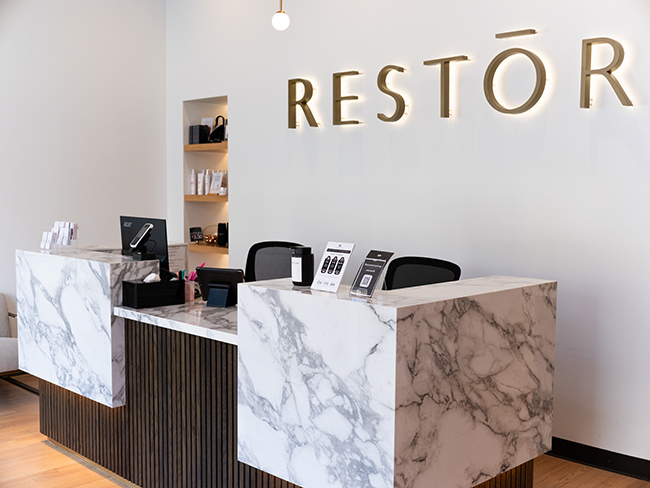How to choose a residence for a family member with dementia
27 Nov 2017
‘Content and Involved’: The Goal in Memory Care
By Shannon Burgert For a number of reasons (safety high among them), people with Alzheimer’s disease and other forms of dementia may require memory care—a type of long-term skilled nursing that caters to the specific needs of patients with memory problems. If you believe you’ll eventually need to place a loved one in a memory-care situation, visit facilities while you have time to make a decision, rather than putting it off until a crisis occurs, suggests geriatric physician Anne Giesen, D.O. Even visiting years ahead of time is not unrealistic, she says. But shop wisely, as facilities vary not only in the care they provide, but also in activities, services and philosophies. “Just as kids have different needs, adults with dementia do too,” Giesen says.
Although some residents might be asleep or lounging in front of a TV when you visit, there should also be residents awake and engaged in something (but not corralled). Look at the events calendar and return during an activity that your loved one might enjoy. Since short-term memory is impaired, people with dementia need activities that give instant satisfaction, says gerontologist Jessica O’Leary, M.S., who runs a free Savvy Caregiver class twice a year in Longmont. Dancing and visual arts fit that bill, and working with clay is beneficial for arthritic hands. Music is a crowd-pleaser even as dementia progresses. Dementia patients may lose their ability to communicate, but they can often remember all the lyrics to their old favorites. Be sure to visit during mealtime, too. The only thing some people have control over is what they eat, says geriatric psychiatrist Haleh Nekoorad-Long, M.D., so having choices is important. Is there a large dining room, a café- or family-style approach, or all of these?It’s common for people with dementia to display a number of difficult behaviors, from escaping to pacing to yelling and aggression. Such behaviors are about unmet needs, says gerontologist Jessica O’Leary.
The Core of Caring
Find out the specific levels of care the facility provides. Some memory-care centers offer adult day care, which can help people with dementia feel less isolated if they still live at home. According to Carnarius, the three daycare programs in Boulder County are AltaVita in Longmont, and Balfour Cherrywood Village and Juniper Village in Louisville. She suggests that participants go at least two or three days a week so they remember the facility and feel comfortable returning.
Playing Detective
As for the facility, it should be clean and odor-free, of course. But many people with dementia need room to roam (six in 10 dementia patients wander, according to the Alzheimer’s Association). Many facilities are designed with a “racetrack”—a loop that allows people to wander and not feel contained, but doesn’t lead to dead-ends where they may feel trapped.
Editor’s note: Seniors Blue Book, an extremely helpful guide to community resources, services and facilities, is published in 25 markets, including Boulder County. You can read the virtual edition at www.seniorsbluebook.com. Page 40 of the current edition contains an article by Megan Carnarius, “Memory Care: When Is It Time to Seek Help?”, with a chart showing the stages of dementia.
Shannon Burgert, Ph.D., writes often about health-science and sports for Boulder Magazine. She teaches fifth grade at Fireside Elementary School in Louisville.












